Whether your region requires you to install snow-rated tires during the cold months or you simply want to sport them for added safety, you should know how much a winter tire costs. Many car owners just don’t install winter tires because they believe they’re unaffordable.
While winter tires are typically known to be more expensive, affordable options from growing tire brands like Sailun Tire don’t compromise on the quality and performance drivers expect on the icy roads.
But even the pricer ones are more affordable than your rising insurance premium, likely medical bills, and automotive repairs (not covered in the insurance policy) that you must endure due to an accident in harsh winter conditions.
Here, we will explain the cost of different winter tires and the additional expenses associated with them. If you’re in the market for new winter tires — from value-based to premium — check out our full buying guide here.
Many factors affect the price of winter tires, including brand, type, quality, and size. Since every brand has its own criteria to evaluate the price for its rubber, we would avoid commenting on it. However, we will specifically discuss type, quality and size to give you a fair idea of winter or snow tires.
For a compact car with a famous 205/55R16 size, below are approximate prices.
The three main types of winters you find in the market include studless, studded, and winter performance.
Studdless Tires
For most people, studdless winter tires are a perfect companion in cold conditions. These incorporate biting edges and soft rubber compounds, making them flexible for winter. A standard studdless tire will cost you anywhere between $60 and $550, each.
On average, for a typical compact car, expect to pay around $100-$150 per tire or $400-$600 for all four. For an SUV or light-duty pickup, the price goes up to $200-$400 each or $800-$1,200 for a set of four.
Studded Tires
For extreme weather conditions like freezing rain, sleet and wet ice, studded tires are ideal for a safe driving experience. The metal studs fixed on these tires bite into ice, giving you improved grip and handling. A studded rubber would cost you around $75-$550 or more per tire. For two pairs, you can expect to pay between $300 and $2,200.
There are also studdable options, like the Sailun Iceblazer WST1 studdable performance winter tire trusted by over 1-million drivers in Canada alone, which won’t break the bank yet designed for drivers that demand maximum traction in severe weather conditions.
Sailun IceBlazer WST1 studdable winter tireSailun IceBlazer WST1 studdable winter tireWinter Performance Tires
For guys who do not want to leave their sports cars or performance sedans in their garage in winters, they should put on winter performance tires.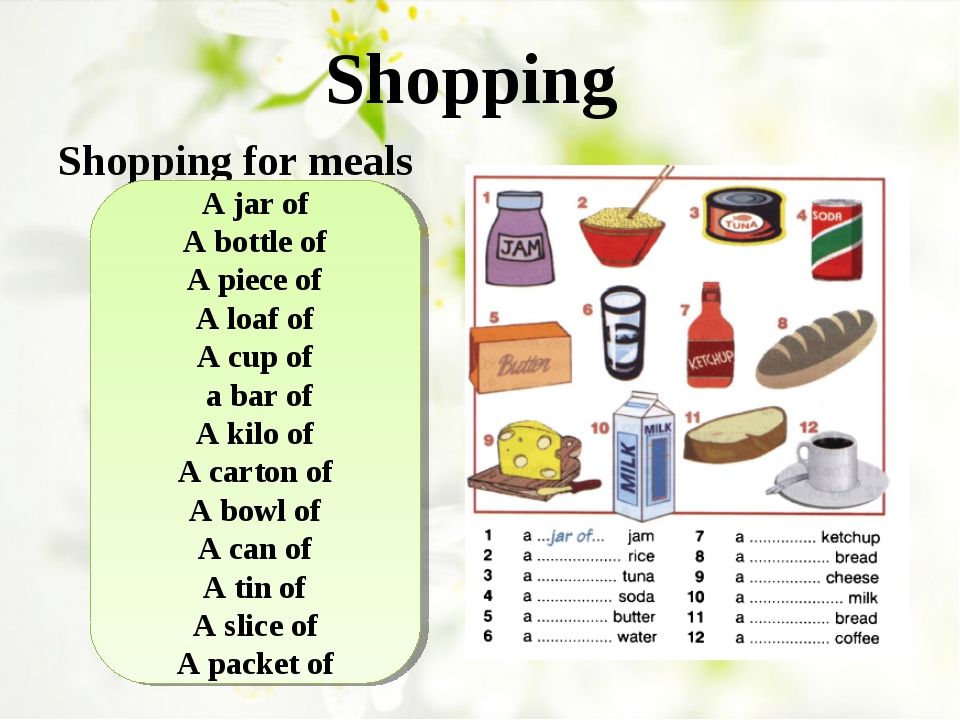 They are designed to offer excellent traction at high speeds on wet and dry roads. However, they are not your perfect companion for ice or snow-packed roads. A regular high performer is available at around $100-$500 each or $400-$2,000 for all four.
They are designed to offer excellent traction at high speeds on wet and dry roads. However, they are not your perfect companion for ice or snow-packed roads. A regular high performer is available at around $100-$500 each or $400-$2,000 for all four.
For all the prices we mentioned above, the smaller the size, the lower the cost. However, the price variation also depends on the tire brand, with American tires selling higher than Chinese-made tires.
The prices we shared above are purely for snow tires; they do not include installation charges. For installation, you have two choices. You can either mount the winter rubber on the existing wheels or buy a new set of wheels for all tires.
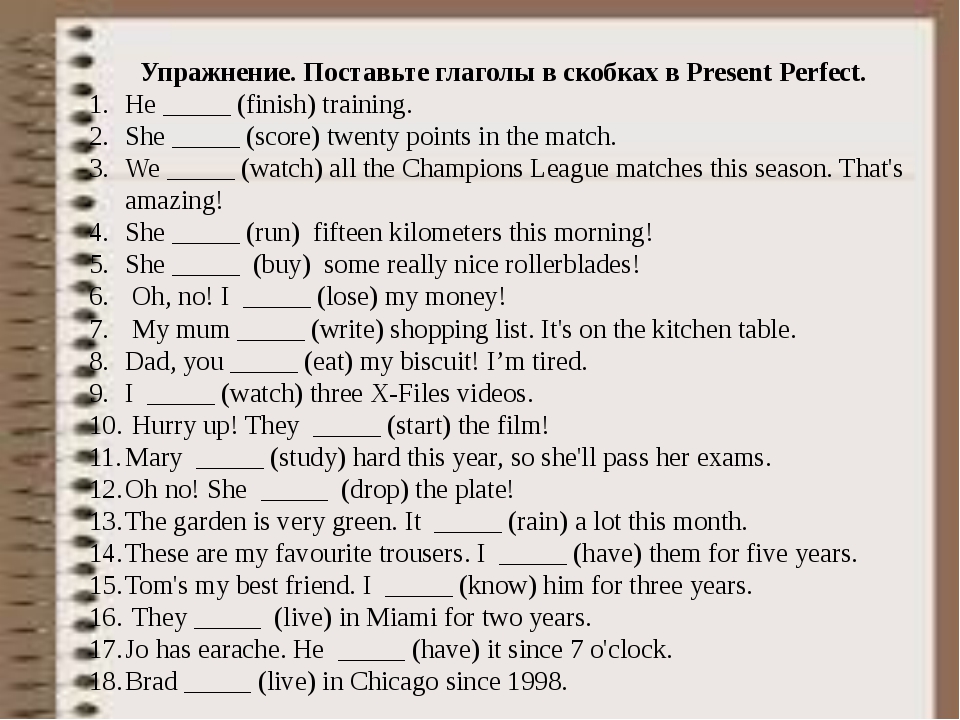 On the other hand, you can buy new wheels for all tires, making it effortless to put on winters when the snow, ice, and slush appear. The four new wheels will set you back $120-$500 or more. You can always try secondhand wheels; they may cost as low as $40-$80.
On the other hand, you can buy new wheels for all tires, making it effortless to put on winters when the snow, ice, and slush appear. The four new wheels will set you back $120-$500 or more. You can always try secondhand wheels; they may cost as low as $40-$80.
 Some retailers provide direct discounts, while others may give you mail-in rebates. You may find them in the shape of gift cards or prepaid cards. The discount amount may vary as per size and model.
Some retailers provide direct discounts, while others may give you mail-in rebates. You may find them in the shape of gift cards or prepaid cards. The discount amount may vary as per size and model. Consumer Reports says that winters tires increase the snow traction by 34%, thus making it easy for you to stop and maneuver the vehicle. These tires actually cut the braking distance by around six feet. That six feet distance is often the gap between you rear-ending a car or drifting into a crossing against carefully coming to a halt without causing a mishap.
Buying the snow tires also enables you to enjoy insurance savings as well as better fuel mileage (if you maintain them well).
Of note, 76% of all Canadians change their all-season tires with snow tires to enjoy better traction and control. Most car owners say that these tires have saved them a possibly dangerous condition.
I noticed that the wheel studs on my tires are rusty. However, I’m trying to cut costs and do the replacement myself. What is the average cost to replace the wheel studs on my car?
Annette Maxon · Answered on Apr 27, 2022
Reviewed by Shannon Martin, Licensed Insurance Agent.
Sorry to hear that you found a rusty wheel stud!
On average, new wheel lug studs cost $4 to $12. This cost does not include labor (which would likely set you back *$61 to $77).
If only one stud is missing or damaged, you can drive it safely when traveling a short distance to a repair shop or auto parts dealer. But for the most part, it’s best to keep your car parked until the replacement has been made.
But for the most part, it’s best to keep your car parked until the replacement has been made.
While you’ll have to spend a bit to get this part replaced, you can cut costs elsewhere by looking over your car insurance policy.
That’s what Jerry is here for—a licensed broker that offers end-to-end support, this super app gathers affordable quotes, helps you switch plans, and can even help you cancel your old policy!
MORE: 11 car insurance hacks to save you money
Car MaintenanceCar Tires
View full answer
WHY YOU CAN TRUST JERRY
Jerry partners with more than 50 insurance companies, but our content is independently researched, written, and fact-checked by our team of editors and agents. We aren’t paid for reviews or other content.
Browse More Content
Car Running Hotter Than Normal Inspection
Exhaust Fume Odor in Car Inspection Cost Estimate
Brake Fluid is Leaking Inspection
Intake Manifold Runner Control Replacement
Turn Signal Bulb Replacement Cost Estimate
Acura 2.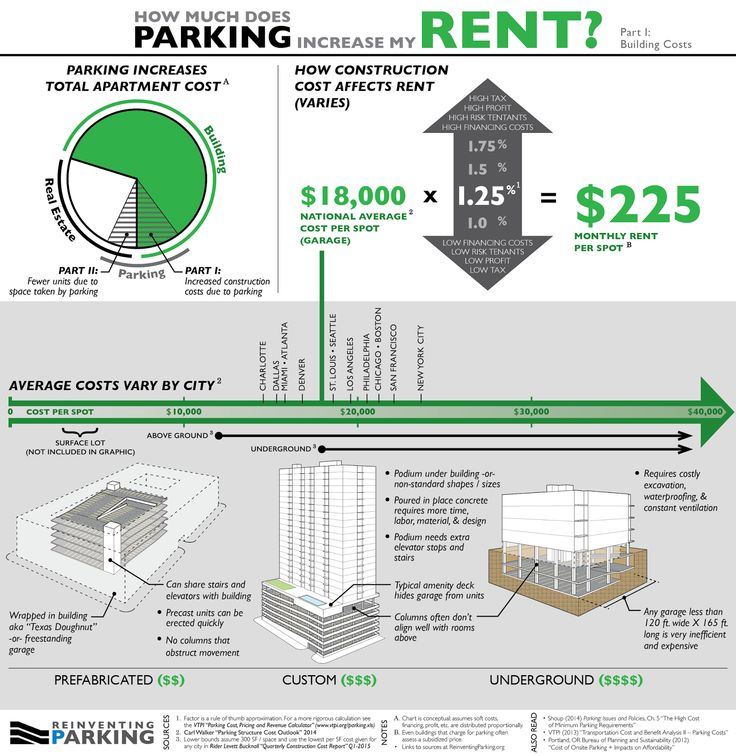 5Tl Insurance Cost
5Tl Insurance Cost
Mitsubishi Outlander Se Insurance Cost
Nissan Maxima S Insurance Cost
Mercedes-Benz Cl 550 4Matic Insurance Cost
Volkswagen Beetle Turbo Insurance Cost
Finlayson Car Insurance
Bladensburg Car Insurance
Woodbine Car Insurance
Cambridge Springs Car Insurance
Moody Car Insurance
It’s been a while since I’ve gotten a new car, so it’s my first time using a key fob. I’m worried that something is up with its battery, so I want to open it up and look inside. Can you tell me how to open a Dodge key fob?
Natalie Todoroff
Apr 27, 2022
I bought a used car with a bunch of bumper stickers that, to sum it up shortly, don’t really suit me.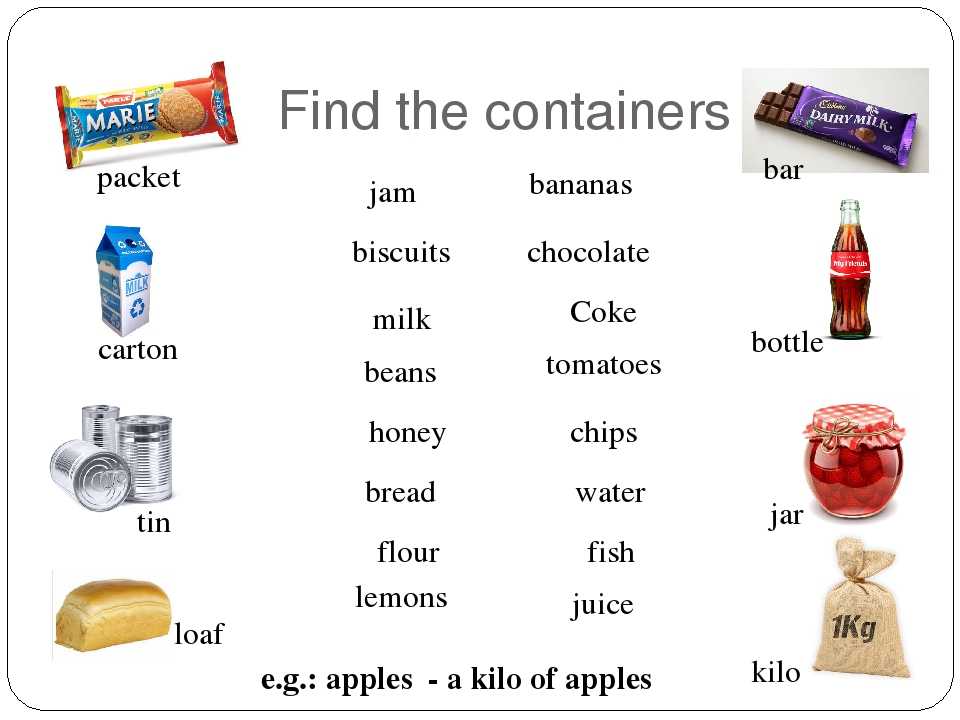 Will Goo Gone hurt car paint if I try using it to remove these bumper stickers?
Will Goo Gone hurt car paint if I try using it to remove these bumper stickers?
Melanie Mergen
Apr 27, 2022
I love the Dodge Challenger and I found a gorgeous 2012 model online for what seems to be a reasonable price. How much does a 2012 Challenger usually go for?
Andrea Barrett
Apr 27, 2022
Browse All Questions
Texas motorcyclists see about-average insurance despite a year-round riding season. Here’s how to find the best policy.
Kathryn Kurlychek
Mar 02, 2023
Getting car insurance without a license in California can be tricky—but it’s not impossible. Find out how to do it with this guide!
Sarah Gray
Mar 23, 2023
Ford’s first-time buyers program is a great way for drivers with little to no credit history to purchase a new car—but it’s not available at all dealerships.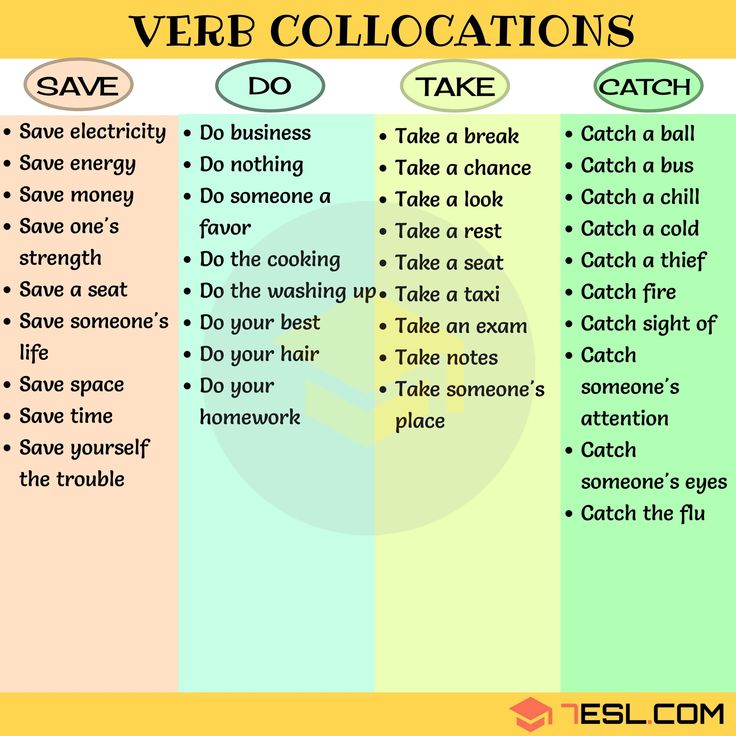
Sarah Gray
Mar 23, 2023
Elephant Insurance
Land Rover
New drivers
Ferrari
Infiniti
Foreign
Renter insurance
Jaguar
Veterans
Holidays
Alabama
Pennsylvania
Umbrella Insurance
Bentley
Volkswagen
Cancellation Policy
Lamborghini
Oregon
Maryland
Hawaii
Subrogation
Gross Vehicle Weight Rating
Movies
Hummer
No long forms
No spam or unwanted phone calls
Quotes from top insurance companies
Find insurance savings — it's 100% free
Toyota
Hyundai
Mercedes-Benz
Subaru
Chevrolet
Mitsubishi
Stud price with installation for 1 stud
| Stud type | Price for 1 pc.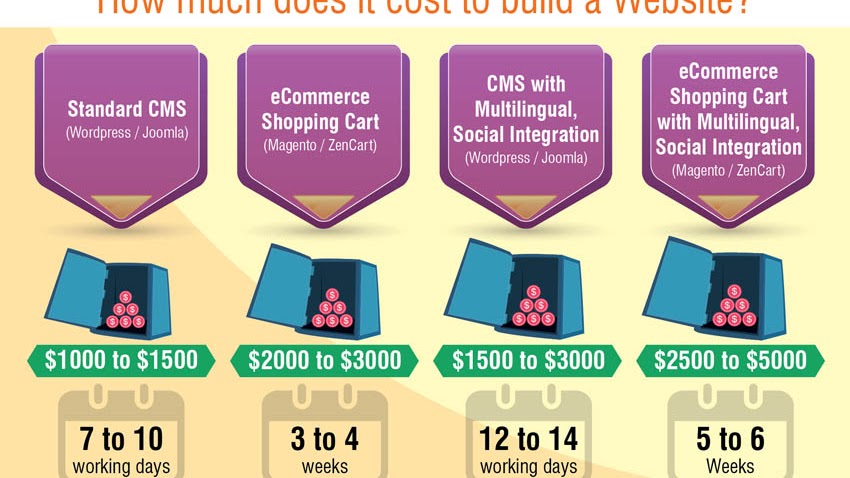 |
| Single flange | UAH 3.00 |
| Double flange | UAH 4.00 |
| Tri-flange | UAH 5.00 |
* Uses French and German studs.
Tire studding
| Service | Price for 1 pc. |
| Removing one stud | UAH 1.50 |
| Cleaning the tenon hole | UAH 1.50 |
| Dowel hole cutting | UAH 1.50 |
Studded tires are needed to reduce slip and for better tire grip on the surface (this is especially true when driving on slippery roads - during ice or packed snow, for example).
Studs are usually installed on winter tires (sometimes off-season), which were originally designed for studs (they have large separate uncut checkers).
Studs are mainly used in two types: single flange and double flange. Single flange studs are suitable for moderate city driving. They are well adapted to medium loads. Double-flanged studs are intended more for extreme driving, when the driver plans to develop high speeds on the tracks and at the same time not be afraid to get into an unpleasant accident due to sliding.
There is an opinion in the circles of car drivers that the durability and studs can only be guaranteed by factory studded tires.
Such beliefs are, of course, not unfounded - the factories usually adhere to strict studding standards, which are the result of many years of technological improvements, which guarantee good performance and resistance to stud wear for a very long time.
But, oddly enough, very few car enthusiasts know that rubber studding, carried out on modern professional equipment, can give the same characteristics and quality as studding made by craftsmen at the factory.
It is best to stud tires in specialized workshops. This guarantees factory comparable quality and also saves you time (the process itself is quite labor intensive and of course requires special equipment such as a special pneumatic studding gun). New, only studded tires must first be run in at a low speed (50-60 km / h), without sudden maneuvers and turns. You need to drive a couple of hundred kilometers. After that, you can already gradually increase the speed.
This guarantees factory comparable quality and also saves you time (the process itself is quite labor intensive and of course requires special equipment such as a special pneumatic studding gun). New, only studded tires must first be run in at a low speed (50-60 km / h), without sudden maneuvers and turns. You need to drive a couple of hundred kilometers. After that, you can already gradually increase the speed.
Driving with studded tires can be very uncomfortable at first. The car becomes noisier, requires more fuel. However, after a few days of driving there is a complete addiction and you again feel complete control over the car. In a porridge of snow and mud, or just in loose snow, the effect of the spikes is almost imperceptible. On a dry paved road, studded tires can even lose to regular tires - the braking distance increases by 7-10%. But on ice or in areas with rolled snow, the braking distance can be reduced by up to 70%, which is very good, especially if you have to visit such roads relatively often.
Winter tires with studs are good on slippery roads. But long before the tire tread wears out, most of the studs loosen and fly out. From this, the quality of adhesion to the road is greatly deteriorating, the rubber has to be changed. But there is an alternative - replacing the factory spikes with new ones. What are the advantages of this method?
Many car owners think that if the treads are strong and deep, then the absence of spikes will be imperceptible. The rubber will work like Velcro, that is, friction rubber. In fact, this does not happen for several reasons.
A tire without studs is like a mouth without teeth.Friction-type rubber is soft, which makes it work. But the rubber under the spikes is quite hard, because otherwise it will not hold the spikes.
Although there are already models where the manufacturer has achieved the softness of the rubber and the possibility of installing spikes, but these are the most expensive options. But rubber, even the highest quality, but not top-end, is designed either for studs or for frictional adhesion to the surface.
But rubber, even the highest quality, but not top-end, is designed either for studs or for frictional adhesion to the surface.
It is also important that there are fewer grooves in the rubber for studs, because more surface is needed for studding. But in Velcro, there are more complex protectors and there are more of them. Therefore, if the rubber has lost more than half of the studs, it simply needs to be either replaced or re-studded. And as calculations show, repeated studding is much cheaper than replacing tires.
The main advantage of the procedure is savings. You can save up to three quarters of the cost of a new set of tires by adding new studs. At the same time, it is quite possible to achieve such quality as that of the manufacturer. And again, studded tires can last a couple more seasons. In the future, the question is no longer the presence of spikes, but that the rubber wears out.
Modern technologies have developed to the point that spikes in factories began to make complex shapes.